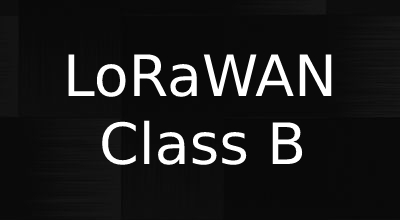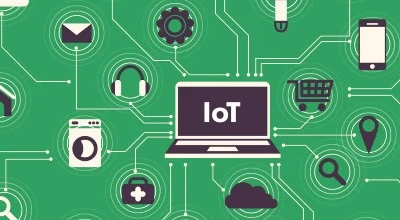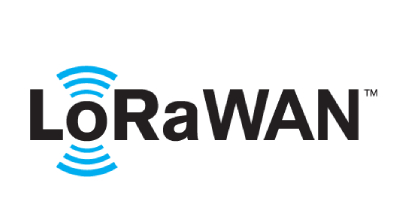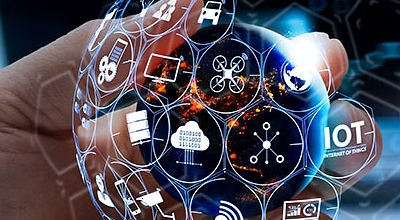
IoT data collection using Arduino
The Internet of Things (IoT) is a rapidly growing field that allows devices to communicate and share data with one another. One popular platform for building IoT projects is the Arduino, an open-source microcontroller board that can be used to collect data from sensors and other devices. In this article, we will explore how to use an Arduino board to collect data for IoT applications.
The first step in any IoT project is to choose the right sensors for your specific needs. There are a wide variety of sensors available that can measure things like temperature, humidity, light, and motion. Some popular sensors used in IoT projects include the DHT11 and DHT22 temperature and humidity sensors, the LDR light sensor, and the PIR motion sensor.
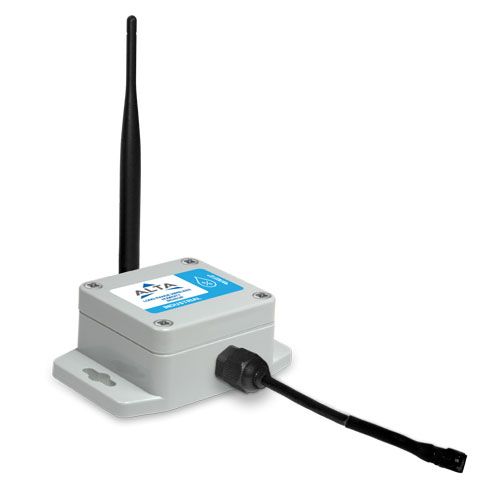
Once you have chosen your sensors, you will need to connect them to your Arduino board. Most sensors have three pins: power, ground, and data. The power pin is connected to a power source, such as a battery or the Arduino's 5V pin. The ground pin is connected to the Arduino's GND pin. The data pin is connected to one of the Arduino's digital input pins, typically using a jumper wire.
Once the sensors are connected, you can use the Arduino's programming language, which is based on C++, to read data from the sensors. The Arduino IDE (Integrated Development Environment) is a free software that enables to develop, compile, upload and debug the code. With this software you can easily write the code that will read the data from the sensor and display it on the Arduino's serial monitor, or even send the data to a web server via the Ethernet or WiFi.
To further process or store the data, you can use IoT platforms such as Amazon Web Service (AWS) IoT Core, Google Cloud IoT Core, or Microsoft Azure IoT. These platforms provide various features such as data storage, device management, and message routing.

In summary, collecting data for IoT projects using an Arduino is a straightforward process that involves choosing the right sensors, connecting them to the Arduino board, and writing code to read and process the data. The data can then be sent to an IoT platform for further analysis and storage. With the growing popularity of IoT technology, the possibilities for collecting data and creating interesting and useful projects are endless.
It is also worth mentioning that security is an important concern in IoT data collection, with concerns about hacking and data breaches. It is important to use best practices for security such as secure communication protocols, encryption, and proper device management.
